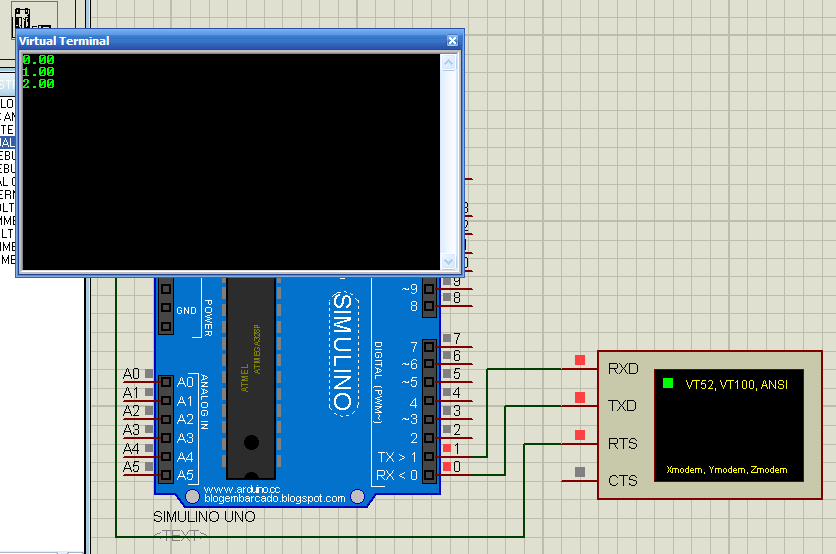

- #Arduino millis 64 Bit
- #Arduino millis update
- #Arduino millis 32 bit
- #Arduino millis software
- #Arduino millis code
The ITCM bus provides a 64 bit path toįetch instructions. Tightly Coupled Memory Tightly Coupled Memory is a special feature which allows Cortex-M7 fast single cycleĪccess to memory using a pair of 64 bit wide buses.
#Arduino millis 32 bit
64 bitĭouble precision runs at half the speed of 32 bit float. Floating Point Unit The FPU performs 32 bit float and 64 bit double precision math in hardware.ģ2 bit float speed is approximately the same speed as integer math. Numerically intensive work using integers and pointers.
#Arduino millis code
Initial benchmarks have shown C++ code compiled byĪrduino tends to achieve 2 instructions about 40% to 50% of the time while performing Per clock cycle, at 600 MHz! Of course, executing 2 simultaneously depends upon the compiler

Dual Issue Superscaler Architecture Cortex-M7 is a dual-issue superscaler processor, meaning M7 can execute 2 instructions CPU performance is many times faster than typical 32 bit microcontrollers.

HEX file which you program onto Teensy 4.1 using Windows, Linux and Macintosh are supported. PlatformIO PlatformIO IDE isĪ cross platform development environment with many advanced features. Visual Micro is commercial paid software. Microsoft Visual Studio to program Arduino compatible boards, including Teensy. Other libraries mayīe installed manually or by Arduino's library manager. Teensyduino includes a large collection of libraries whichĪre tested and optimized for Teensy. Windows, Linux and old Macs, Arduino is installed firstĪnd then the Teensyduino installer adds Teensy support to Is the primary programming environment for Teensy.
#Arduino millis software
Software Arduino IDE + Teensyduino Arduino's IDE software with the Teensyduino add-on
#Arduino millis update
Last through April and the first half of May (standard disclaimer: this update isn't a If sales continue at normal pace, these are expected to Update, March 14, 2023: Good news, we have plenty of Teensy 4.1 in stockĪnd in our production queue. Lockable Teensy USB Board, Version 4.1, Without Ethernet Chip See Code Security for Lockable Teensy details. Lockable Teensy USB Board, Version 4.1, With Ethernet Chipįor commercial products and secure applications, Teensy USB Board, Version 4.1, Without Ethernet Chip This checking goes on and on.Teensy USB Board, Version 4.1, With Ethernet Chipįor prototypes, experimentation, and learning Next, six milliseconds have passed since the Arduino has been powered, so:Ħ seconds - 5 seconds = 1 second and we know that 1 second is not bigger than or equal to 3 seconds. The next if statement will toggle the LED on if it is off, and vice versa. The currentMillis which is 5 seconds is saved to previousMillis. Now the code within the if statement does run. If five milliseconds have passed since the Arduino has been powered, then check again:ĬurrentMillis - previousMillis >= interval So the code within the if statement does not run. If four milliseconds have passed since the Arduino has been powered, then check to see if currentMillis - previousMillis >= interval. Try it out yourself or work it out on paper:

This means that the if statement within it will only run if more than interval milliseconds has elapsed. The first if statement checks whether the current millis count with the previous millis count subtracted from it, is bigger than or equal to the set interval (in this case, 5000 milliseconds or 5 seconds). The ledState variable contains an on/off state, so when it needs to be toggled, you'll know what the LED's current state is. You should use unsigned long for variables that hold time, as the value quickly becomes too large for an int to store. An unsigned long variable is created to store the last time that the LED was updated.


 0 kommentar(er)
0 kommentar(er)
